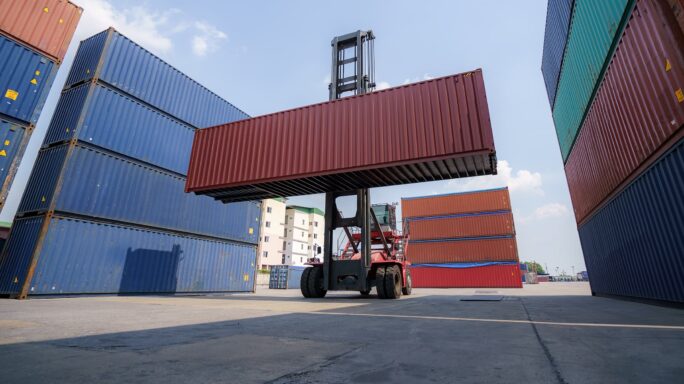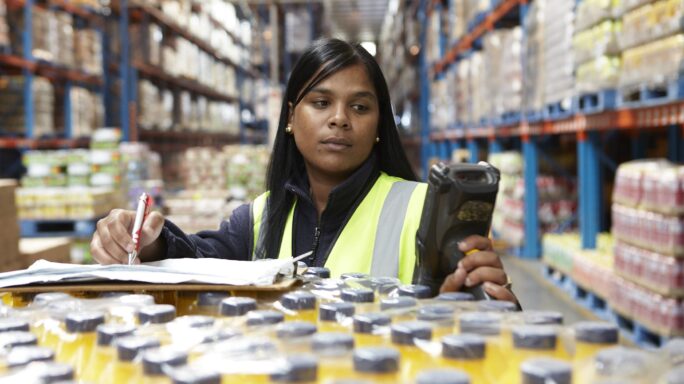Circular economy: 5 ways to close the food and drink skills gap
Discover how you can use the circular economy to encourage a new generation of talent to develop an interest in food manufacturing.

For food and drink businesses, the circular economy is not only a way to design out waste and pollution, keep products and materials in use, and regenerate natural systems.
It’s also a way to encourage a new generation of talent to develop an interest in food manufacturing, an industry that’s not so well known for being cutting edge or super attractive to graduates.
Rich Clothier, managing director of cheesemaker Wyke Farms, says having a circular economy vision has made it easier to attract young people as new employees. He says: “Before, it was very difficult to get people to work in food manufacturing.
“But now that we have an environmental edge we are often able to engage with them early when they’re at college and university, and they become interested in what we’re trying to do.
“We’ve collected some really good people that way.”
It might be time for you to look at your food manufacturing operation through a circular economy lens, which means you might like to adapt the skills you need from employees, their working practices, and your working culture.
Although new types of jobs might be needed for this transition, it’s much more likely to be about lifting the soft skills and knowledge of your business, as we point out in these five points of advice.
1. Systems thinking
Your team should understand what the circular economy is about and why it’s important to your business.
Many people still think the circular economy is simply about recycling food waste, whereas it’s much more about the entire lifecycle – how to design, develop, manufacture, and distribute a product.
2. Collaborative thinking
Whether it is pre-competitive research, sharing knowledge through industry forums or forging long-term collaborations with supply chain partners, the circular economy requires cooperation at every turn.
It’ll mean your business will have to undertake different, less transactional relationships that can develop into new ways of thinking and working.
3. Move away from a linear culture
As your business moves away from a linear to a circular economy, you may also need to move away from a linear culture that silos departments such as marketing, procurement, procurement.
Having your business siloed like this can put a real barrier up when it comes to innovation and development.
Instead, think about organising departments around processes, products and inputs.
4. Set incentives
If your business is serious about the circular economy, you should look at rewarding staff who put long-term resilience above short-term targets, otherwise, they will be happy to keep ‘business as usual’.
This may necessitate the use of internal targets, incentives and bonus schemes. In the workplace, implement an incentive structure around increasing efficiency to get people thinking differently.
5. Set up a separate project team
You may feel it worthwhile to create a separate team to work on circular economy initiatives, governed with different targets and incentives.
But be careful with this approach – if you employ someone focused on sustainability who is not senior, they might find it difficult to get their agenda across and sustainability up the agenda.
In the end, you need senior management support to get the best talent to lift your circular economy strategy.
Squaring the circle
Discover how food and drink manufacturers can unlock the value of the circular economy after coronavirus in this report.






Ask the author a question or share your advice